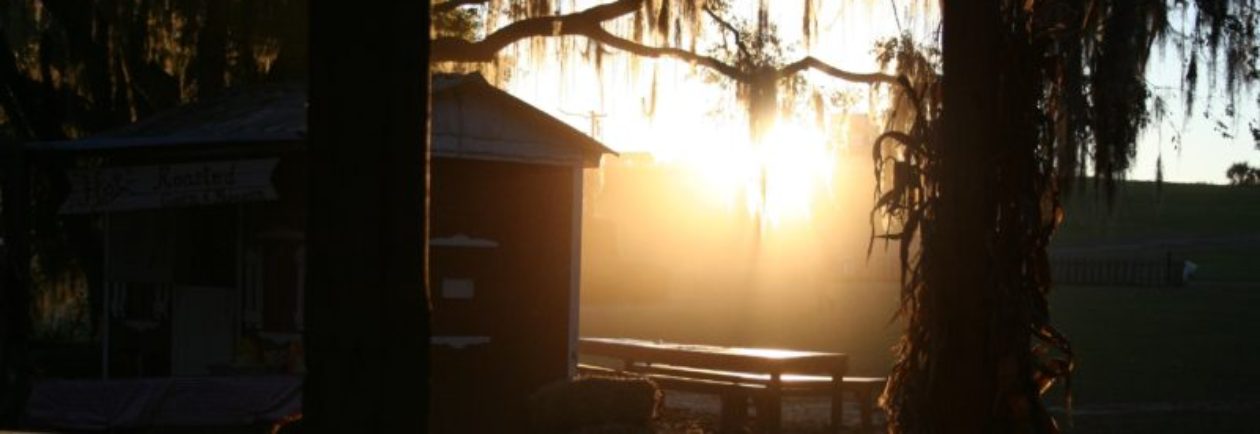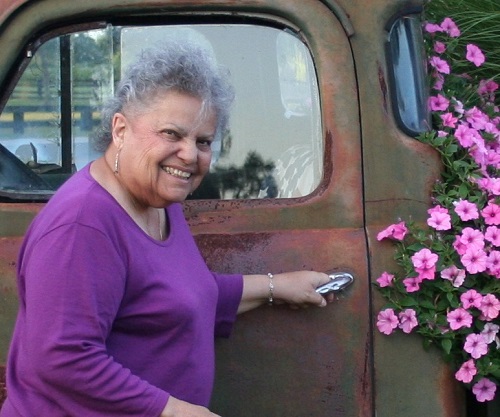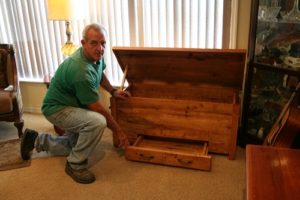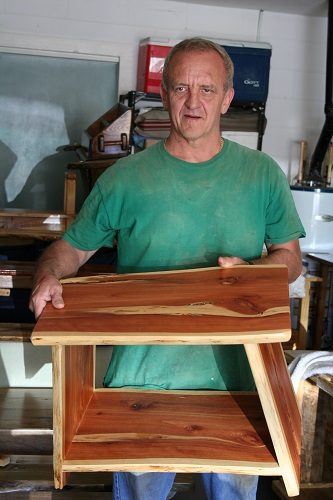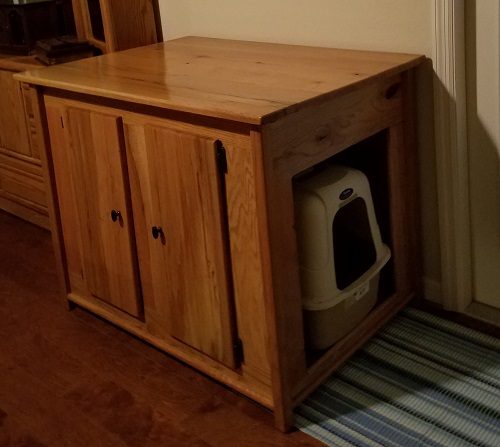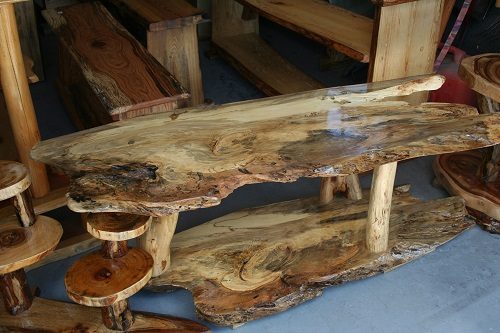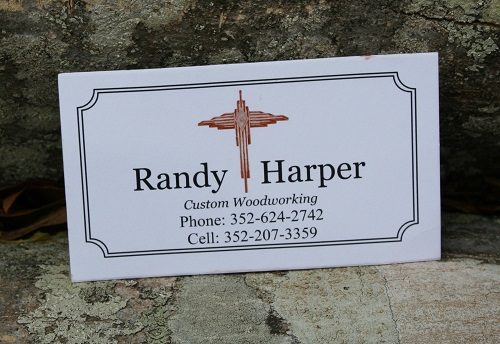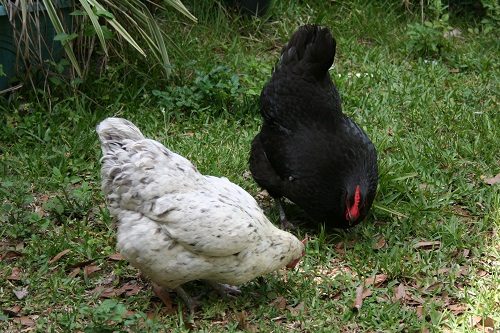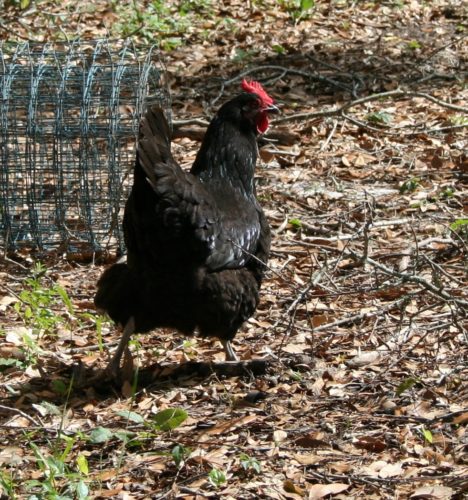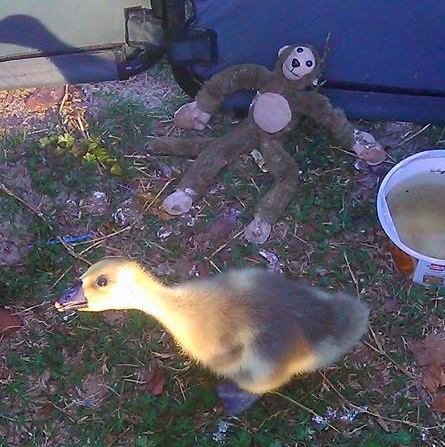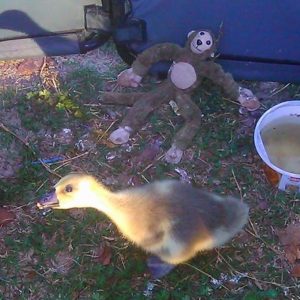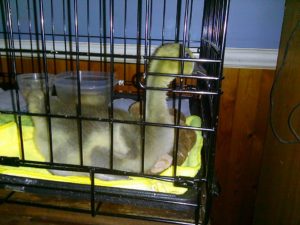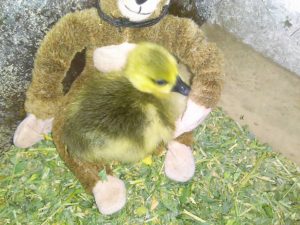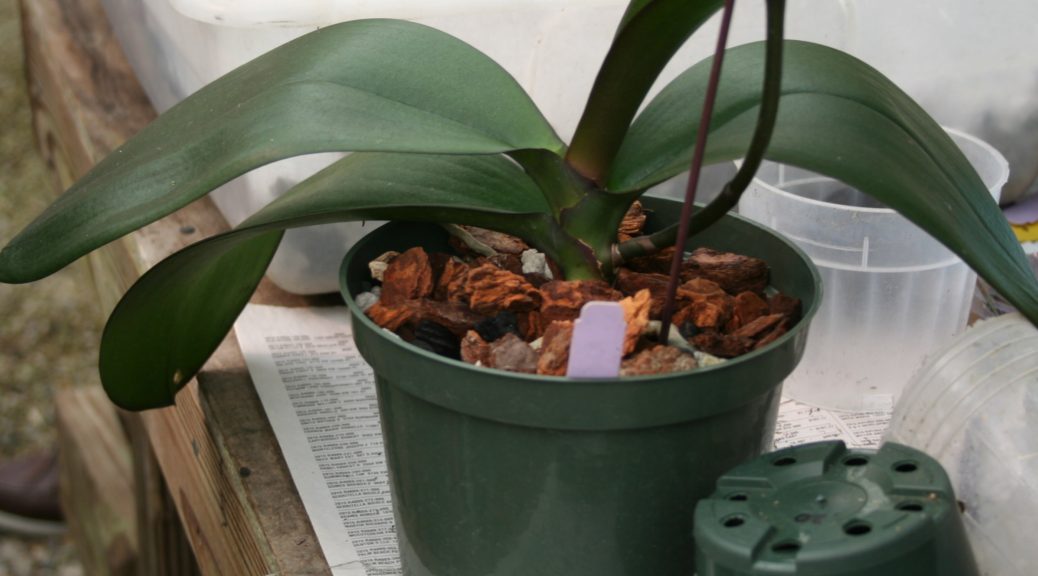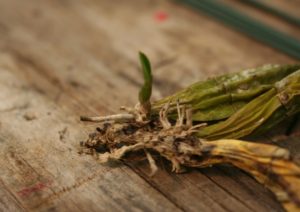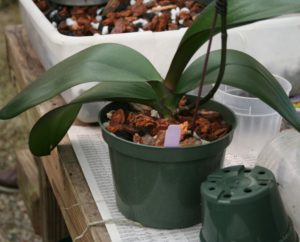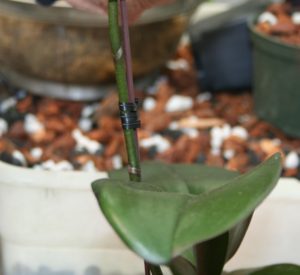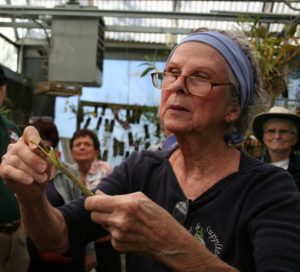by Jennifer Odom
In elementary school (1963) I knew her as Mrs. Lockamy, the pretty secretary up in the principal’s office.

Now I know her as Gaynelle Hoover. 90 years old and twice widowed, she remains sharp as a tack. More than half a century later, she laughingly recalls names and memories of students that came in and out of the office–especially the “frequent flyers.”
At that time, one of her duties as a new secretary was to witness paddlings. “It like to have killed me,” she said about the first one. She informed the principal, “I’m sorry I can’t watch another paddling. You’ll have to get another witness.” He never bothered her again.
Back in 1952 she’d moved with her husband (Layton Lockamy) from Dunnellon where he’d worked as a railroad telegrapher.

He’d been promoted to the Reddick station as an agent.

“A genius,” Gaynelle calls him. He was “very organized,” an inventor of his own electric ice cream churn and motorized pencil sharpeners for use down at the station before their patents were developed. Mr. Lockamy remained agent of the Reddick station until he died in 1977. Soon after, the rail operations ceased.
Gaynelle recalls how in 1979 the station itself was divided into five pieces 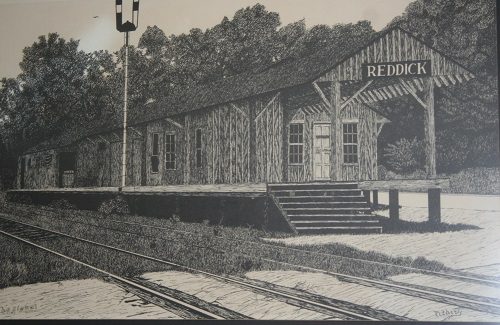 and relocated
and relocated
to nearby Boardman, Florida by the P.K. Hunt moving company.
In the summer, Gaynelle’s home, with its large yard, takes her about three hours to mow on her riding mower. That’s certainly not all she does. Lately she’s been rescreening the back door, installing hand-grips, tiling, painting, and doing carpentry work.
Martha Cromwell, her daughter, says, “My mother is an amazing woman…and is fiercely independent. As long as she stays off ladders, horses (her great-great-great grandmother died at 90 by being thrown from a horse) and wears a mask when she mows her yard, I truly believe she will be going strong at 100.”
The day before I visited Gaynelle she’d painted her front steps and sidewalk with concrete paint.

She proudly informed me I was the first person to stand on her newly painted steps. Beside them she’d installed a new copper-topped 4×4 post set in concrete and a beautifully painted black banister.
Using a little yellow miter box in her husband’s old workshop she sawed the wood. 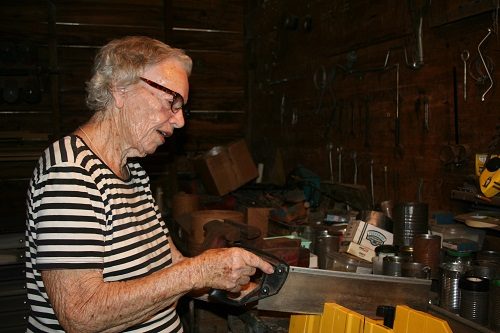 Before our visit ended, she showed me where she’d neatly replaced some complicated framing around a front porch post. Very impressive.
Before our visit ended, she showed me where she’d neatly replaced some complicated framing around a front porch post. Very impressive.
Under her power lines on the east side, her crepe myrtle trees had grown a little tall. On the ground beside the trash can sat a pile of neatly stacked limbs where she’d trimmed them down to size. The sticks were stripped of all the side branches, and so amazingly tidy I asked her if she was getting ready to make a craft out of them, like maybe a basket. No, they were simply cut to fit in a trash bag so the garbage man would pick them up.
 Gaynelle plays organ, piano, clarinet, and saxophone. Her second husband, Mr. Hoover was a professional musician, and they’d play music together every day, as well as entertain.
Gaynelle plays organ, piano, clarinet, and saxophone. Her second husband, Mr. Hoover was a professional musician, and they’d play music together every day, as well as entertain.
And she loves to sing. Her daughter says she “has the most beautiful singing voice I have ever heard.” On Sundays Gaynelle makes the rounds to three different churches just to participate in their choirs.
On library days you might find her at the public library. She’s currently reading up on the battle of Chickamauga where her grandfather fought. A fountain of historical knowledge she’s active in four historical organizations.
So what is the secret to her longevity and spry health? First, she said, steering clear of undue credit, “It’s the genes in my family.” But then there’s the importance of exercise (she mentioned this twice ) and avoidance of sugar. Almost as an afterthought she added we should also “think happy thoughts.”
And, come to think of it, all Gaynelle’s spoken thoughts were positive, too.
“I am so proud to be her daughter,” Cromwell confided, “ and hope to grow to be more like her! My favorite time of the day is in the evening when she calls me up and says, ‘Guess what I did today!’ It’s always something different, creative or amazing.”
It’s hard to keep up with Gaynelle Hoover, this busy lady so full of life and with so many interests. But one thing is for certain, she’s well loved by friends and family and will always hold a dear place in the hearts of the people of Reddick, her special town.
Philippians 4: 8 (KJV)
Finally, brethren, whatsoever things are true, whatsoever things are honest, whatsoever things are just, whatsoever things are pure, whatsoever things are lovely, whatsoever things are of good report; if there be any virtue, and if there be any praise, think on these things.
